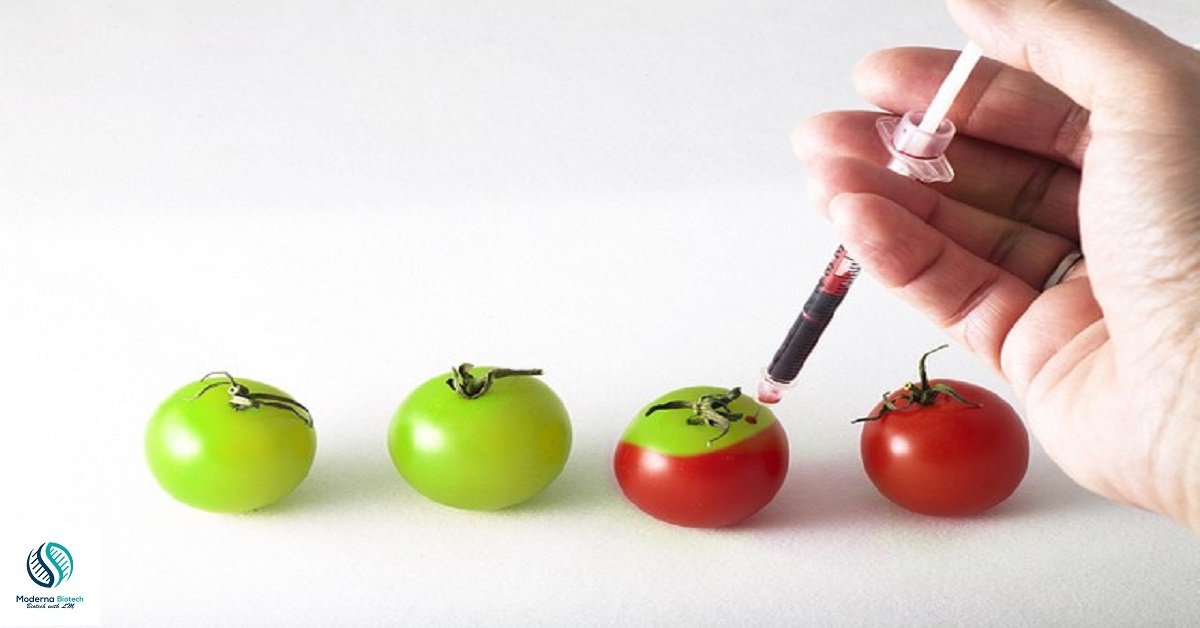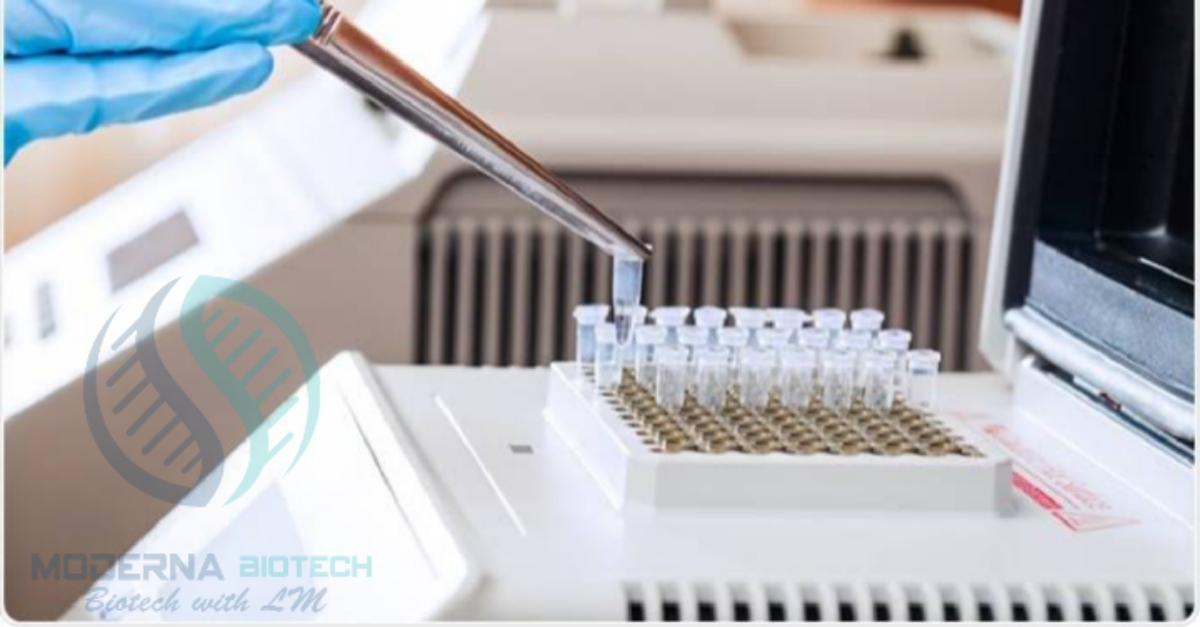How GMOS affect the environment – 2024

The use of genetically modified organisms is rapidly increasing day by day through advanced technologies. When we heard about GMOs or genetically modified organisms, the question arises in our mind that How GMOs affect the environment as well as human health. Here, we will discuss the true meaning of GMOs, their benefits to the environment, and also their harmful effects.
Table of Contents
What does GMO stand for?
GMO mainly stands for genetically modified organisms. Genetically modified organisms or simply GMOs are commonly used in medicines and foods.
This has led to concerns about its danger they might cause in the human and the environment.
These genetically modified organisms have several advantages and disadvantages to humans, animals, plants, microbes, and also the environment.

What are genetically modified organisms?
• Genetically modified organisms or simply GMOs are those kinds of organisms whose genome has been engineered in the lab to favor the expression of desired physiological traits or the production of anticipated biological products.
• A GMO (genetically modified organism) is the outcome of a laboratory process where genes from the DNA (Deoxyribonucleic acid) of one species are takeout and artificially forced into the genes of a distinct plant or animal.

How GMOs affect the environment?
How GMOs are good for the environment?
Here are some of the benefits associated with genetically modified organisms:
In agriculture, GMO crops are produced to have several desirable traits, such as
- resistance to pests,
- resistance to herbicides,
- or resistance to harsh environmental conditions,
Genetically modified organisms helped us in the production of valuable products such as drugs.
Genetically modified bacteria are used to yield the protein insulin to treat diabetes. These bacteria also help to produce clotting factors to treat hemophilia.
GMOs are an operational way to provide farmers a larger profit
Genetically modified organisms are economically beneficial as they are used to repel pests, which avoids the need for pesticides to be used.
These organisms are also known to decrease food prices due to innovative crops and lower costs.
According to research, genetically modified crops are more beneficial and safer as compared to traditional crops.
How GMOs are bad for the environment?
Here are some of the risks that are associated with genetically modified organisms;
- The risk associated with genetically modified organisms is that they may interfere with the food chain.
- Genetically modified organisms sometimes cause allergic reactions
- They may cause genetic pollution
- GMOs could be hazardous to some insects since the new genes of the crops can be lethal to certain insects like butterflies that are not actually risky to crops.
- Genetically modified organisms don’t require enough pesticide as the crops themselves are dangerous to some insects
- Some critics claim that genetically modified organisms can cause specific diseases or illnesses.
- GMO crops may also cause a threat to the environment. This is for the reason that it is not a natural way to plant and develop crops.

Is it possible to grow archaea under normal lab conditions?
Yes, it is possible to grow archaea under normal lab conditions. It mainly depends on which type of archaea we want to grow in the lab.
Ø Halophilic archaea are quite easy to grow in a standard lab. For example, Haloferax denitrificans which is an archaeon can be easily grown in normal lab conditions. This species can be systematic from DSMZ and only needs high salt concentrations for growth at normal temperatures.
Ø It also worth mentioning that aerobic halophilic archaea are much easier to grow in standard lab conditions.
Why are genetically modified organisms produced?
Genetically modified organisms are produced to provide benefits for humans, animals, and the environment.
In agriculture, GMO crops are produced to have several desirable traits, such as
resistance to pests,
resistance to herbicides,
or resistance to harsh environmental conditions,
Genetically modified organisms facilitated the production of valuable products such as drugs.
What are the examples of genetically modified organisms?
There are various examples of genetically modified organisms in plants, animals, and micro-organisms.
Examples of GM microbes are bacteria which was the first organism to be modified in the laboratory.
Examples of GM plants are GM crops that are resistant to pests, herbicides, and pesticides.
Some examples of GM animals are mammals, glow fish, dolly sheep, and sudden death mosquitoes.

How genetically modified organisms are made?
Production of GMOs is done by a genetic modification that involves insertion, deletion, and mutation.
Production of genetically modified organisms is artificially achieved by
attaching a gene to a virus
firing small particles from a gene gun
physically inserted the extra DNA into the nucleus
And by using electroporation.
What is GMO-free?
The organisms that are not genetically engineered are termed as non-GMOs or non-genetically modified organisms. The foods which are not GMO modified are termed GMO-free food.
What are the types of GMOs?
The most common types of GMO’s plants are
- Alfalfa
- Food-canola
- Sugar beets
- Golden rice
- Soya bean
The most common types of GM animals are
- Dolly sheep
- Glow fish
- And sudden death mosquitos
How GMOs affect the environment?
Genetically modified organisms are economically useful as they are used to repel pests, which evades the need for pesticides to be used.
Dragonkeeper 2023: Watch Online Free





I do agree with all the ideas you’ve presented in your post. They’re very convincing and will definitely work. Still, the posts are very short for novices. Could you please extend them a bit from next time? Thanks for the post.